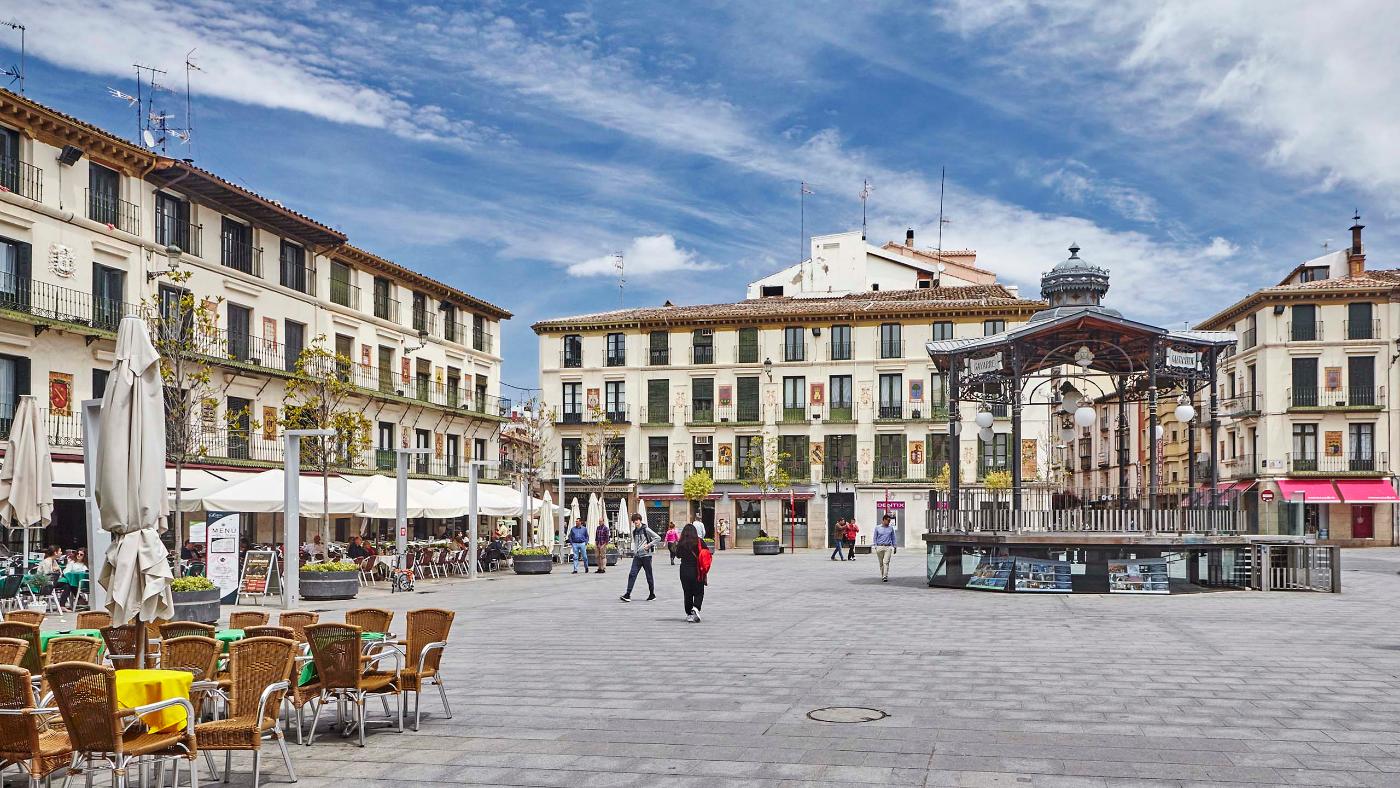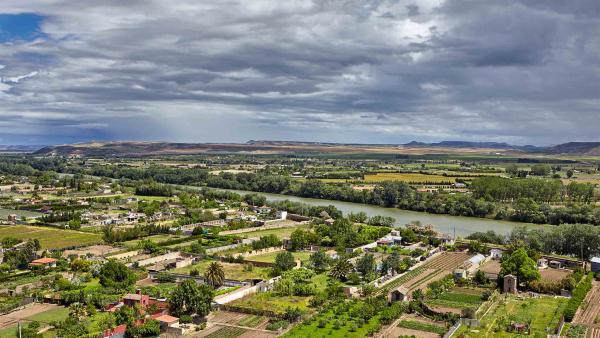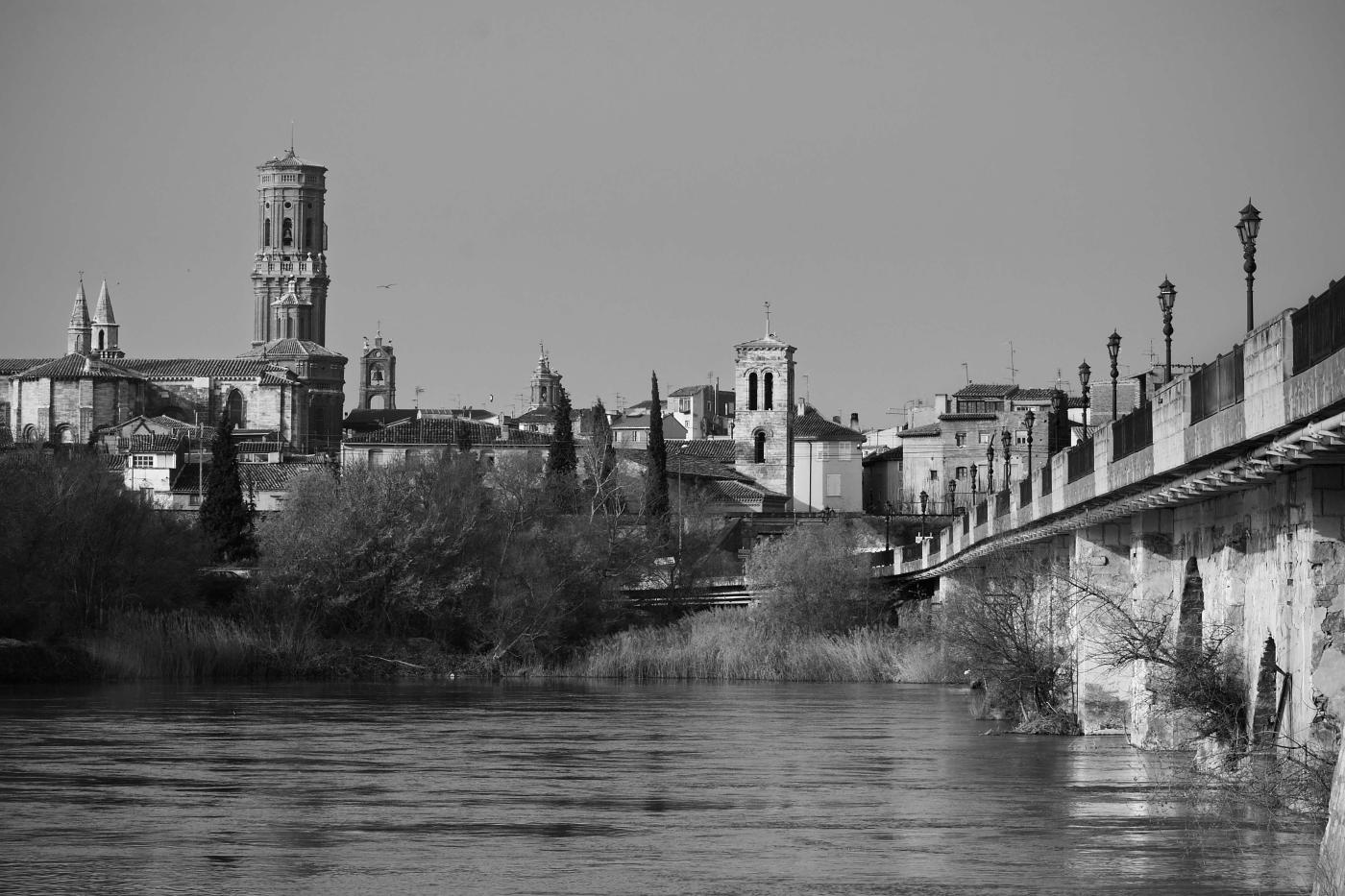
Tudela, the second most noteworthy city
Right after the capital. A charming city born between the arid Bardenas Reales and the intense green of its market gardens.
It’s not short on history, because it was founded in 802 under Muslim rule, although for four centuries Muslims, Jews and Mozarabs lived side by side here, forming a cultural mix which is still apparent in the city’s streets. The city belongs to the network of Jewish quarters Red de Juderías de España-Camino de Sefarad.
Later came the Christians to complete the job and turn the city into a true artistic gem. Don’t miss Plaza de los Fueros, the spectacular cathedral, the city’s churches and palaces, alleys, fortified walls and watchtowers.
-
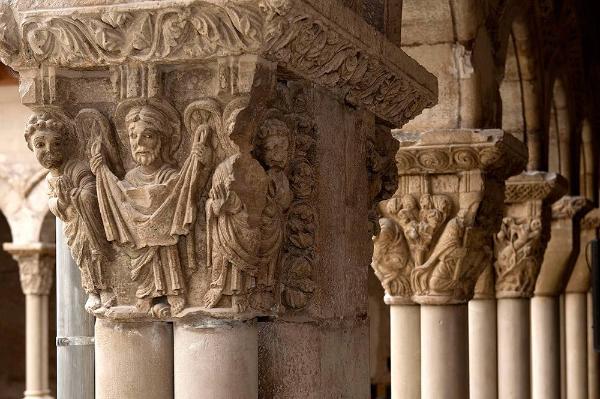
Cathedral of Santa María
The Gothic cathedral has been a national monument since 1884. It has three formidable portals, of which the spectacular Portada del Juicio (Portal of the Last Judgement), which mixes the Romanesque and Gothic styles, should be highlighted.
Don't miss its Romanesque cloister, which can be accessed from the Tudela Museum, or the Baroque chapel of Santa Ana, the city’s patron saint.
I want to visit the museum and the cathedral -
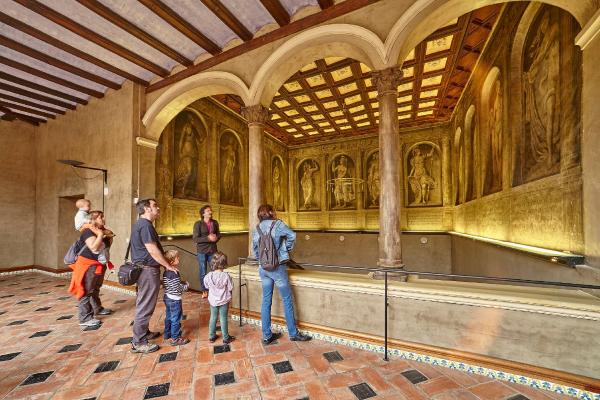
Palace of the Marquis of San Adrián
Nothing other than the finest Renaissance palace in Navarre. And it has a bit of everything: a lightwell, spectacular eaves, murals and centuries of history, in which even Goya played a part; his portrait of the Marquis is now on display in the Museum of Navarre.
Another example to highlight is the Palace of the Marquis of Huarte, with its lavishly decorated facade and its double imperial staircase, considered the most beautiful in Navarre.
Get to know the Tudela Heritage Route -
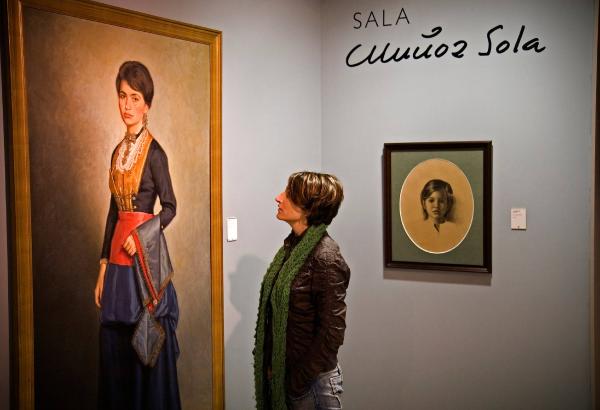
Muñoz Sola Museum of Modern Art
If you like paintings and particularly works from the second half of the 19th century, be sure not to miss this museum. The local painter César Muñoz Sola, a portrait artist who also worked in other genres, such as landscape and still life, stands out for his exquisite technical quality, identified with Realism and French Impressionism.
I want to know more about this museum -
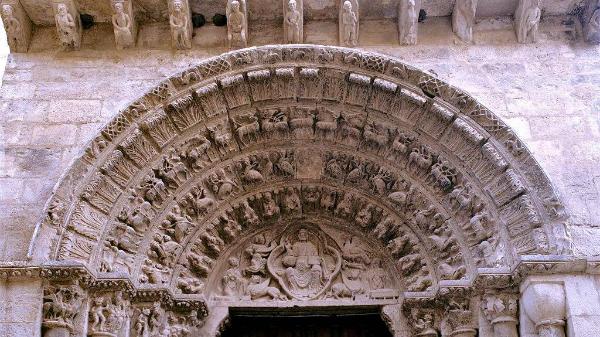
Church of la Magdalena
Declared a Site of Cultural Interest —and that makes three—, it conserves its slender 3-section tower, one of the few Romanesque towers to be found in Navarre. The Romanesque doorway leads to an interior where you will discover a beautiful Plateresque reredos.
Make the most of your visit to see the Judería Nueva quarter and enjoy the maze of winding lanes around Calle San Miguel.
-
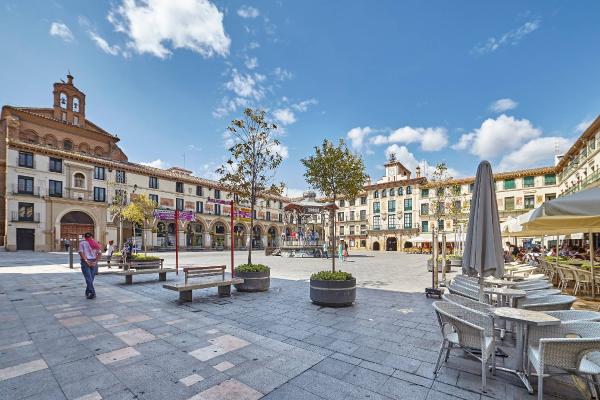
Plaza de los Fueros
A mandatory stop, this is the heart of Tudela.
What was once a bullring now has a central bandstand. The facades of its houses display the shields of the Ribera villages. It is presided over by the Casa del Reloj, the hub which oversees all of the city’s events: Holy Week, the Baile de la revoltosa (a traditional celebration), among others.
-
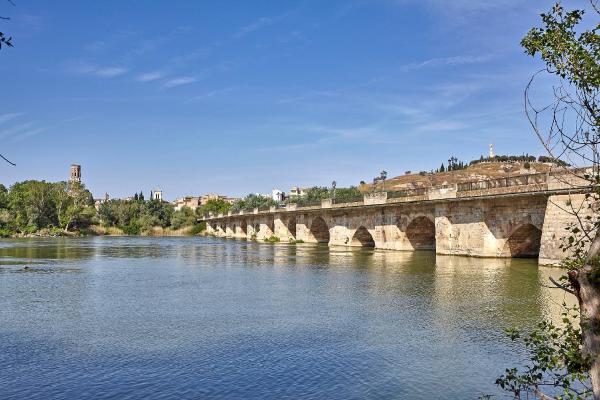
Ebro Bridge
The Ebro bridge is the first example of mediaeval civil architecture you come across in Tudela if you enter the city on the NA-134 from Pamplona. With its 17 ogival and semi-circular arches, it is 360 metres long and offers one of the finest panoramic views of the city. It has been renovated on several occasions to withstand the force of the Ebro, the mightiest river in Navarre.
Its strategic importance was so great that Tudela adopted it as the symbol of the city.
-
Cerro de Santa Bárbara Viewpoint
Although you can get there by car, we recommend moving your body a bit and taking the walk from Tudela’s old quarter to Cerro de Santa Bárbara, a viewpoint with amazing views of the city and the market gardens of La Mejana.
This is where the first settlement in the Tudela area was established before the Arabs arrived and built their alcazaba, and the Christians, who replaced it with their castle. Today the Sagrado Corazón de Jesús (Sacred Heart of Jesus) statue stands at the point.
I want to do the walk to Santa Barbara Hill
As you can see, this part of the city has a whole lot of history. -
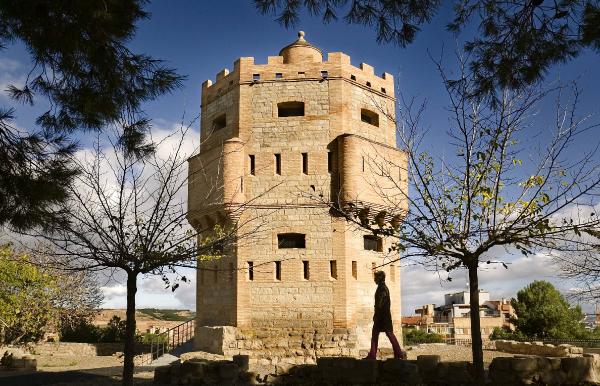
Monreal Tower
An ancient thirteenth-century defence tower offering breath-taking views.
It’s a hexagonal brick building which conserves its mediaeval cistern, an underground reservoir to store drinking water from rainfall.
The latest renovation it underwent converted it into the first camera obscura in Navarre and an interpretation centre with panels explaining the cultures that have lived together in the capital of the Ribera: the Jews, the Muslims and the Christians. A highly recommended place to visit.
Plans in Tudela
What a lot of thing there are to see in Tudela!
Locate all these monuments on a street map
Urban Art in Tudela
Did you know that Tudela was the venue for the International Contemporary Murals Exhibition?
Thanks to the various festivals hosted here, you now have the opportunity to explore the town through its different urban art routes. This will allow you to see how some little-known spots have been transformed into places of unique beauty.
An ideal plan if you're coming with your family to visit this capital city of La Ribera in southern Navarre.
In this blog a 4 km trail will allow you to discover the murals of the last editions (2010-2013).
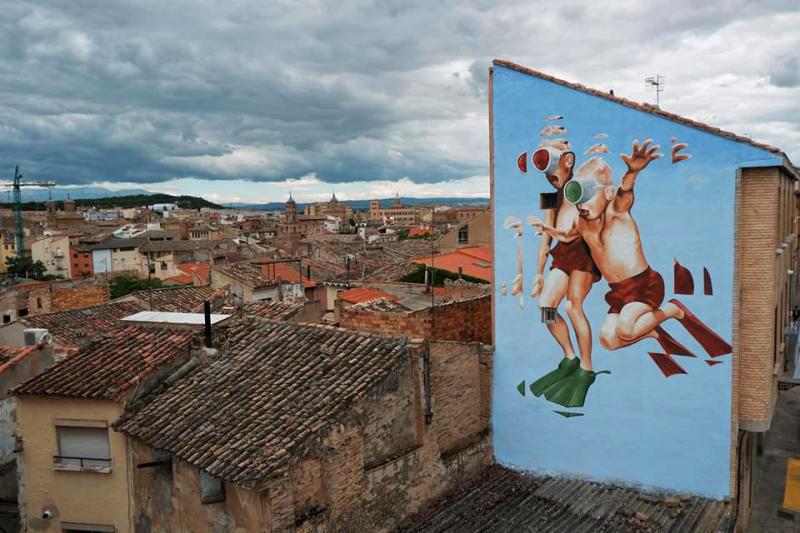
Tudela, Capital of vegetables
Tudela is an enchanting city that combines history and good food.
Did you know that it is home to the finest vegetables? From the floodplains of the River Ebro come the tenderest artichokes, asparagus, lettuce hearts, borage and cardoon. And if you put a selection of these together in one stew, you get the star dish in the region, menestra.
Everything you need to know about Tudela's vegetables: festivals, products and recipes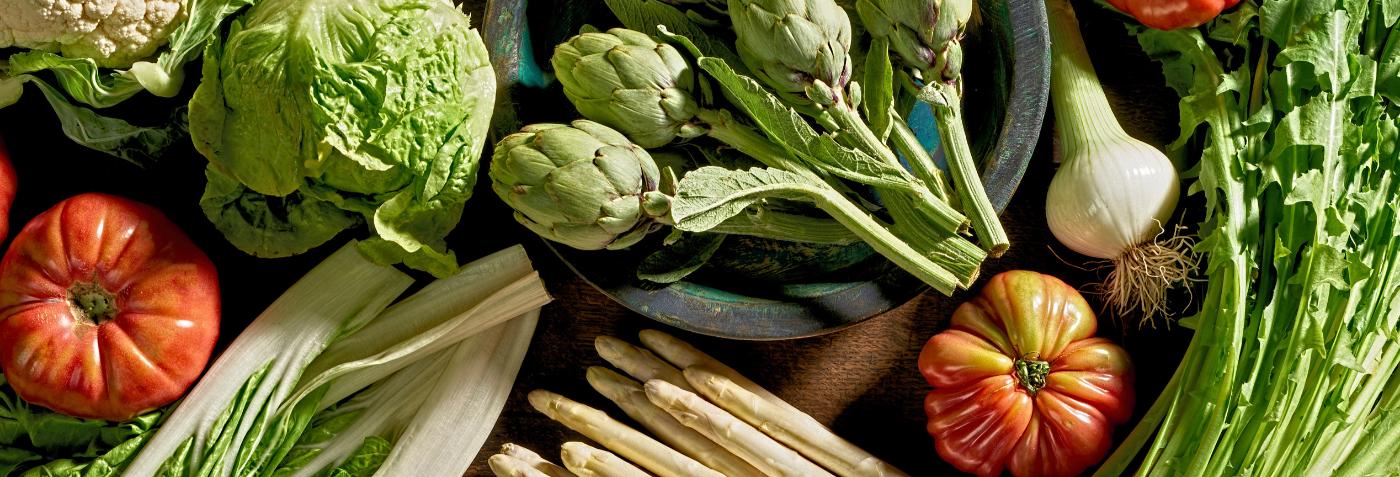.jpg)
What's on in Tudela
Articlesof interest
What to see and do in Navarre’s Ribera region
Otras propuestas para completar tu visita a Tudela
-
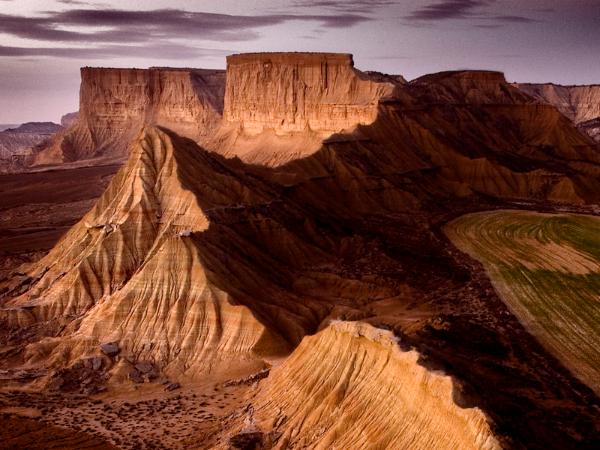 Desierto de las Bardenas Reales
Desierto de las Bardenas Reales
Desierto de las Bardenas Reales
-
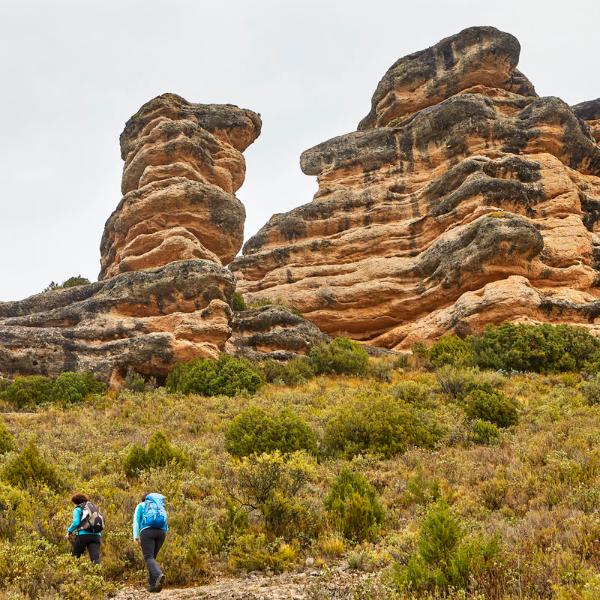 Ruta por La Ribera de Navarra (zona de Tudela y Bardenas)
Ruta por La Ribera de Navarra (zona de Tudela y Bardenas)
Ruta por La Ribera de Navarra (zona de Tudela y Bardenas)
-
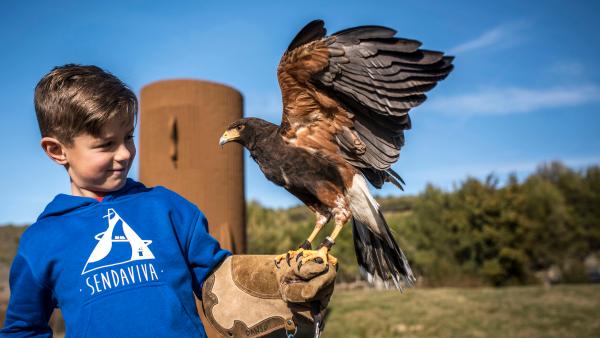 Parque de aventura Senda Viva
Parque de aventura Senda Viva
Parque de aventura Senda Viva


